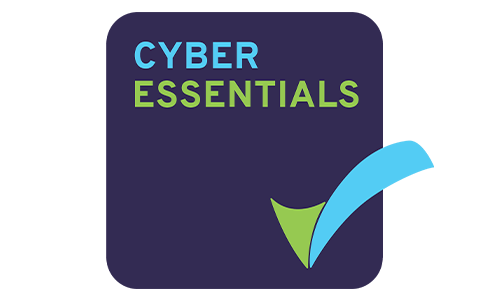Staff should be the front-line response in data breach management. Many delays in the reporting of data breaches occur because staff did not know how to report a data breach to the information governance or data protection team within their organisation. Therefore, it is key to establish a clear reporting process, that is easy to follow and understand. It is also recommended that an incident report template be made available to all staff so they can collect as much information about the data breach as soon as possible as part of the reporting process. This will improve your organisation’s compliance with data breach reporting.
You may have also heard people talk about the ePrivacy Directive or the EU Cookie Law. This Directive relates to individuals that reside within the EU and is designed to protect online privacy. It is important that if you track cookies of UK and EU residents you adhere to both pieces of legislation.




